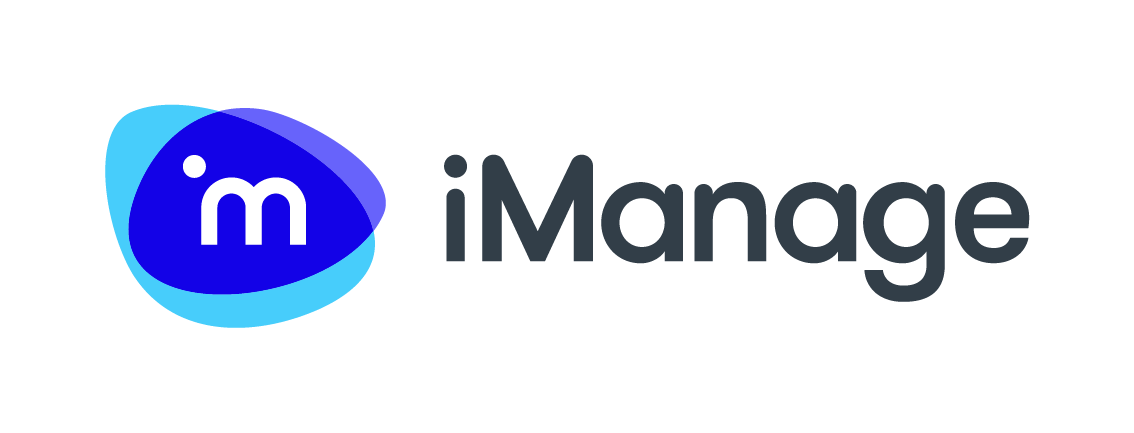Tech adoption: You can’t maximize business outcomes without your users
Technology alone won’t solve a thing, so what else do you need? Discover how setting business outcomes and gaining user buy-in can transform solution adoption.
When businesses first moved to the cloud, it was to migrate legacy on-premises solutions online. But as cloud technology evolved, so did development techniques. Software is now released far more quickly and, as a consequence, users are faced with a huge number of choices.
These solutions can help streamline collaboration, enable users to find information more quickly, reduce errors, and simplify compliance. Yet, despite this proliferation, knowledge workers often find themselves in possession of software that sits on their desktops unused.
The truth is, when it comes to technology adoption, implementing and getting value from new solutions demands time and effort. So, while your favorite vendors may claim to change your world for the better from day one, without a carefully implemented adoption program that considers business goals and the needs of its users, most new technology implementations are set to fail.
Why do so many new tech rollouts fail?
When it comes to post-implementation problems, some issues can be traced back to a lack of understanding about the product and how it performs. But the root problem is often simpler than that.
Without publicizing the benefits of your solution and ensuring management are equipped with the right knowledge to foster user buy-in, employees are far less likely to use a new solution of their own free will. People must be convinced that additional training and changing their working behaviors are worth their time and effort.
It’s an issue that goes right back to the early stages of adoption. But the good news is, with the right processes and workflows in place, it’s entirely avoidable.
Business goals should be the target — not adoption
Unfortunately, many vendors are guilty of saying their solution will work right off the bat with little implementation required. But the reality is, technology is just a tool. The trick is knowing what to do with it and aligning it to the performance of your workforce and business.
That’s why when considering a new solution, it’s vitally important to establish realistic business goals and relay these to your chosen vendor. Ask yourself:
- Do you see technology as a way to keep your employees?
- Do you need to prioritize document security and client data safeguarding?
- Do you want to give people back more time in their day?
While these are basic examples, the upshot is by identifying exactly what you want to achieve, you can establish a nexus between the technology and your desired outcomes.
Don't forget your users
When looking for a software solution, it can be all too easy to become preoccupied with the needs of the business. But you also need to consider the people who will use the solution day-to-day.
This requires direct engagement with employees to monitor, unpack, and understand how they work today, and map this to your proposed solution, identifying the differences and gaps.
And just as organizations expect business and economic conditions to change, the best organizations also expect user behavior to change over time. That’s why it’s important to keep users’ needs under regular review, helping ensure your solution is always fit for purpose.
And it’s not just users’ needs that you should be monitoring…
Keep everything under review — and give your vendor regular feedback
Before software moved to the cloud, it wasn’t unusual to go several years without updating a solution or reviewing its suitability for current operating conditions. But with agile development and updates on-the-fly, solutions are constantly changing and adapting to shifting needs and business conditions. It’s also why organizations need to review their own requirements regularly.
Remember the business goals I mentioned earlier? Well, once you’re on track to achieve these, it’s a good idea to set completely new goals and assess whether your technology can evolve with you.
One of the easiest ways to ensure your solution is matched to your needs going forward, is talking to your vendor directly, highlighting your new goals to see if there are existing tools already available in the software you have, or if they can be developed.
It’s something we’re always keen to do with our customers at iManage—ensuring they always get the most from their solution. And with easy feedback loops built into the software, users don’t even need to go through their organization to highlight their needs or suggest new features.
Incentivize change through your management team
No matter how long you’ve been using your existing solution and processes, your people will naturally want to stick with what they know. But change shouldn’t be viewed as an upheaval that will create more work. In fact, the opposite is true—with efficiency savings more likely to be felt through revenue and productivity.
In my experience, the most successful organizations mandate the use of new solutions. That’s to say, they strongly encourage users to transition by highlighting the potential benefits.
One of the easiest ways to do this is through your management team. If leaders can demonstrate the day-to-day benefits and encourage buy-in from the top, your people will be more confident about the solution, meaning adoption will be far smoother and garner more positive results.
The conversation has changed — it's time to make tech about your business goals
From setting realistic business goals to understanding exactly how your users work, adopting a new tech platform needn’t be taxing. And with potential benefits ranging from happier employees and easier talent acquisition to greater efficiency and enhanced revenues, it could be the best decision your business makes this year.
For more information on solution best practice or to discover how iManage customers get the most from our knowledge work platform, talk to one of our experts today.





About the author
Brian Jones
Brian Jones is the Senior Director, Customer Adoption at iManage.